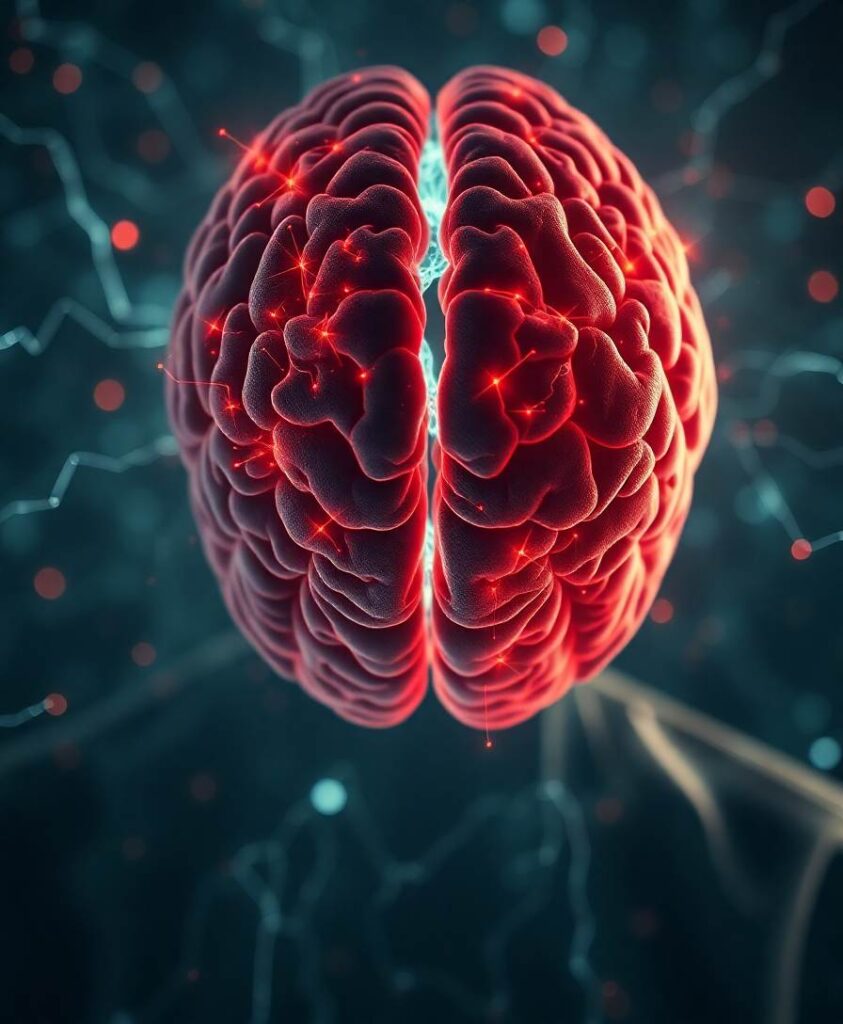As you stretch in the quiet morning, you might notice a gentle resistance in your limbs—a subtle tug that feels almost insignificant. That slight tension, barely noticeable at first, can feel like just part of waking up. But beneath that delicate sensation, there might be a vital message your body is sending you. It’s easy to dismiss these small cues, yet they could be early whispers of changes happening deep inside your nervous system.
Have you ever experienced your movements feeling just a little less fluid or noticed your hands trembling only slightly? These gentle shifts can seem minor but may serve as the body’s internal signals warning of beginnings that could lead to more pronounced symptoms later. Recognizing these early signs is like learning to listen to a faint melody—the quiet notes carry significant meaning about your health and potential shifts in your brain’s communication pathways.
Living with these subtle bodily changes can feel like trying to catch a soft echo—your muscles might feel slightly different, or your coordination less precise. These sensations are your body’s way of hinting that nerve cells are starting to change at a microscopic level. Paying attention to these gentle cues opens a window of opportunity for early intervention, possibly slowing the progression of movement difficulties associated with Parkinson’s disease. It’s about tuning into your body’s nuanced language before more obvious symptoms take hold.
Can repairing nerve cell proteins help delay or prevent Parkinson’s symptoms from worsening?
Recent scientific breakthroughs from the University of Sydney illuminate a hopeful path forward. The research zeroes in on a small but mighty protein called SOD1—an internal guardian within nerve cells that helps keep cellular communication clear and steady. When SOD1 malfunctions, it tends to clump together, disrupting the delicate signals that allow your brain and muscles to work in harmony. These clumps have been linked to worsening Parkinson’s symptoms, making SOD1 a promising target for future therapies.
In experiments with mice, scientists found that restoring the function of SOD1 could lead to remarkable improvements. They used a natural mineral—copper—to reactivate this essential protein. After introducing copper, the mice showed fewer tremors, steadier movements, and a more natural gait. These aren’t just superficial changes; they reflect a real rebalancing of how the nervous system communicates. It’s akin to fine-tuning a complex machine back into harmony—restoring the gentle rhythm of fluid, coordinated movement that we often take for granted.
This breakthrough hints that future Parkinson’s treatments might focus less on managing symptoms and more on addressing the root causes at a cellular level. Instead of just reducing tremors or rigidity, therapies could work by repairing the proteins that keep nerve cells healthy and functioning properly. The idea that a simple supplement like copper could someday help delay or even prevent the progression of symptoms sparks hope that treatments will become more targeted and effective.

Envision a future where medications are designed to go straight to the heart of cellular health. Tremors might diminish, movements could feel more natural, and individuals could maintain independence longer. These promising findings highlight the importance of understanding our cellular biology and developing therapies that target the underlying causes of Parkinson’s. Small internal changes, when corrected early, can ripple outward to create meaningful improvements in daily life.
For those noticing early signs of Parkinson’s—slight tremors, subtle coordination issues—staying informed about scientific advances offers a vital source of hope. The tiny shifts happening inside your cells hold enormous potential for transformative treatments. As research continues to unfold, therapies aimed at repairing cellular functions are becoming more feasible, bringing us closer to relief, improved mobility, and sustained independence.
Understanding the role of proteins like SOD1 reveals a profound truth: within each of us lies an incredible capacity for resilience and healing. Every scientific discovery adds a new piece to the puzzle of how we might slow or stop Parkinson’s before it takes hold. This ongoing work embodies human curiosity and perseverance, reminding us that even the smallest internal changes can lead to significant health benefits and a renewed sense of movement and freedom.
Learn More: Scientists reverse Parkinson’s symptoms in mice — Could humans be next?
Abstract: Scientists at the University of Sydney have uncovered a malfunctioning version of the SOD1 protein that clumps inside brain cells and fuels Parkinson’s disease. In mouse models, restoring the protein’s function with a targeted copper supplement dramatically rescued movement, hinting at a future therapy that could slow or halt the disease in people.
Link: Read Full Article (External Site)



